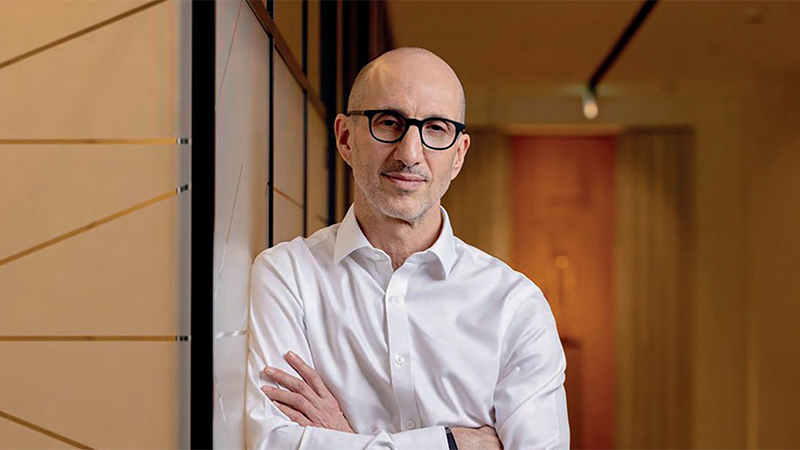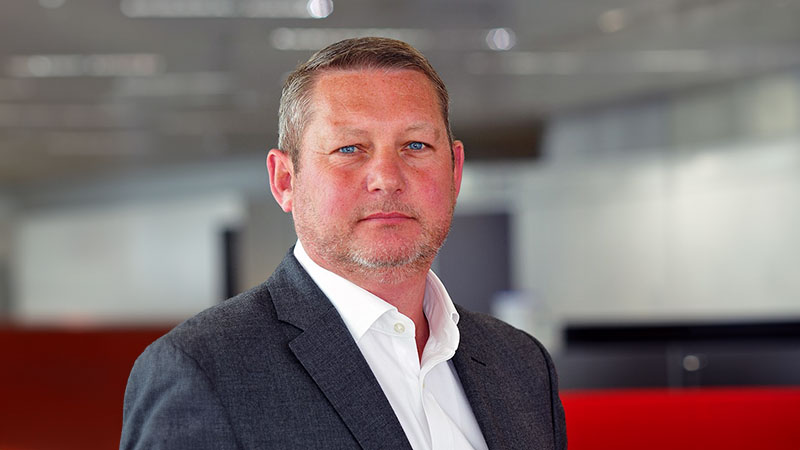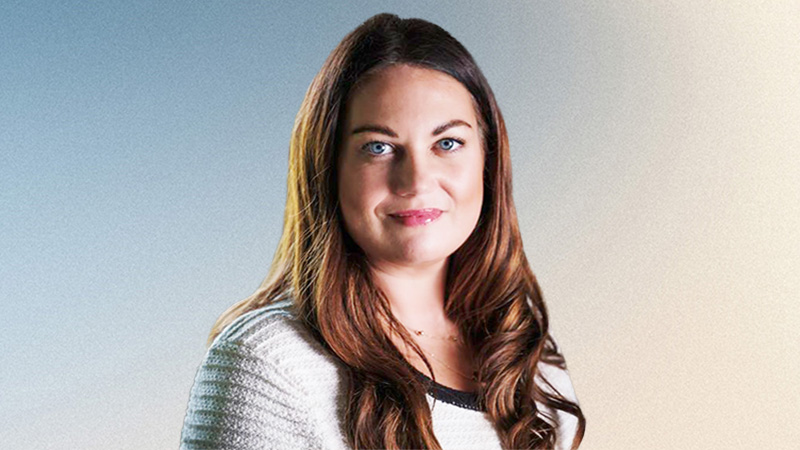Hot pot luck
Nitin Bajaj, portfolio manager of the Fidelity Asian Values investment trust, has recently been drawn back to a previous investment, Chinese hot pot condiment company Yihai International.
While Yihai acts like a growth company, it currently trades on a value multiple. Why? “Everyone hates China,” Bajaj said.
Yihai International is the sister company of Haidilao, a hot pot restaurant chain known for providing an experience along with a meal. As restaurant goers await their dinner, they are greeted with entertainment, including shoe shines, hand massages and giant stuffed animals. But where Yihai plays its role is within the heart of the restaurant, the meal, providing the soup flavouring.
“Hot pot is all driven by the soup. Yihai makes the soup flavouring for Haidilao, but then takes the Haidilao brand and sells it in supermarkets as well, so you can make your soup flavouring at home. That’s their base business, and that’s how they grew,” Bajaj said.
“Over time, they’ve added other Chinese-style condiments, so not only hot pot, but also soy sauce and different kinds of seasonings. They have a ready-to-eat business as well that comes pre-packaged. You just have to put it in hot water and it’s ready to go. They basically ride the Haidilao brand.”
Bajaj was first introduced to the company over five years ago, when the stock was selling for HK$5 (£0.48) per share. He watched the stock grow in his portfolio to HK$25 before selling out. Then, it shot up to over HK$140.
“It went from 8x to 100x earnings. And then, as with all these growth stories, you make up a fantastic story, you take the stock price up and the story generally never matches up with reality. The stock then collapsed as China collapsed. It is now back at 10x.”
Following the stock’s tumble in 2021, the share price for Yihai International has started to even out. And in the past year, the stock has ticked up by 13.6%, as of 26 September. In the first half of the year, sales for the company grew by 10%, and offers 80-90% of profits back to investors as dividends.
And Bajaj believes more growth is on the horizon as the company expands into a new market, selling to small restaurants. In this model Yihai designs the recipes for the restaurants, and then sells the flavouring needed to create them.
“I know I’m buying a good business that is selling a product the customer wants, at a price the customer is delighted to pay. And by selling at that price, they can make a lot of money. This business has a brand which is really powerful, and it’s going to be around for a long while,” Bajaj said.
“My answer to any stock is always that I have no idea when it will go up, why it will go up, or if it will go up. What I know is I’m buying a good business, and I’m very happy to own it for the next decade.”
Views expressed correct as of 9 September 2024
Animal magic for private equity trust
While private assets have been the on-trend investment strategy this year, the market is hardly new to all. For the Columbia Threadneedle Private Equity Trust, it’s a relationship that spans more than 20 years, since it was founded in 2001.
The trust, run by managing director and head of private equity Hamish Mair, invests just over half of the portfolio in other private equity funds, and the rest in the co-investment portfolio, which invests directly into private companies. The same rationale applies across both types of investments, said Mair.
“It’s a very broad, inefficient market where skilled and diligent investors can find companies at good prices which are growing rapidly and therefore can make good returns,” Mair added.
The trust is able to separate itself from the pack through its investment strategy with private equity funds.
While most managers wait for private equity firms to become well established before investing, Mair is willing to take a chance on “emerging managers”.
“We’re not backing novices. These are not people that haven’t done private equity. Every single one of them will have a track record and evidence of their capabilities. If somebody comes to us and they’re a former investment banker and they have an industrialist friend, and they say, ‘Back us in a private equity fund’, we will say,
‘Thanks, but no thanks. I’m not gambling my client’s money on the possibility that you might be able to transfer those skills to private equity success’”, Mair said.
“Normally, the groups we’re backing have experienced individuals who will have a track record in their previous house. There may have been a spin-out of a bigger organisation, such as an institution or a larger private equity firm, or they may have come from different firms brought together through acquisition. So we have to do a lot of research on them.”
These firms have included Inflexion, a UK-based private equity company, and Chequers Capital, based in France.
On the company side, the trust completed a position this April in Jollyes, a pet supplies and food store it invested in back in 2018. The opportunity was brought to them through London-based private equity firm Kester Capital.
“It had originally been a traditional family company. It dates back to 1935 and was a provider of fodder for horses, when horse and carts were still prevalent in the pre-war period. And then it diversified and became more of a classical chain of pet shop”, Mair said.
The business was the second-largest pet retailer in the UK behind Pets at Home, boasting 60 stores about six years ago.
“The analysis Kester did suggested there was room to make it significantly stronger, and that’s exactly what they did. They doubled the number of stores, they more than doubled the profitability and the staff numbers, and then they sold it.”
Bolstered by a surge in the amount of pet owners during the pandemic, the position was sold at a near 4x return, with the trust ending with a 29% internal rate of return across the six-year period.
“You look back at these investments and you think, ‘Well, that all looks splendid’. It doesn’t necessarily feel like that at the time. There are bumps in the road, and that’s not untypical for a private equity deal. The great thing about private equity is when problems are there, because the private equity house and its backers control the business, they can make changes. They don’t sit around making recommendations. They can actually direct changes take place.”
Playing the healthcare boon in EM
There are ways investors can benefit from the burgeoning healthcare sector across developing nations, without having to undergo the “challenging” research and development process that drug companies have to endure, according to Aubrey Capital Management’s Mark Martyrossian.
The director and head of distribution said the Covid pandemic shone a light on healthcare sector deficiencies across the globe, with emerging markets proving no exception.
“With the proportion of over-65s in EM predicted to increase by over 2.5% per annum [on a rolling basis] – more than double the rate which will be experienced in the developed world – these governments realise the youth factor will fade,” he said. “As a result, several governments, Indonesia for example, have responded by rolling out schemes for healthcare insurance to look after their growing, and ageing, populations.”
Increasing funding from governments therefore means there are compelling pockets of opportunity in the market.
But while “a big slice of the index is accounted for by drug companies”, Martyrossian believes there are better ways to invest in the healthcare space while avoiding R&D pipelines.
“Bed density is still very low in EM, ranging from 40 per 10,000 head of population in China to just mid-teens in India. This is clearly an opportunity for the private sector,” he explained. “We have had investments in Bumrungrad Hospital in Thailand which has the added advantage of being a beneficiary of medical tourism, particularly from the Middle East.
“Tourism is a major contributor to the Thai economy. It is estimated that 1% of Thai GDP is generated by medical tourism, of which Bumrungrad has been a major beneficiary. To capitalise on this theme, the company intends to build another hospital in the tourist hotspot of Phuket.”
The distribution head said the picture is similar in India, where medical treatment is the driver of some 7% of all tourism. “Is it any wonder, given a new knee in India comes at a fraction of the price as the same knee in the US – $7,000 (£5,275.38) versus $50,000?
“Apollo Hospitals is a pioneer in the corporate, private sector hospital segment in India and operates one of the largest hospital networks in Asia, with 73 sites across India.”
Elsewhere, Martyrossian said pharmacies also play a part in the increasing demand for medicines in emerging markets. He is positive on the prospects of RaiaDrogasil, for example, which is the largest drugstore retailer in Brazil with more than 2,500 stores.
“The company has a 15% market share and its size allows it to gain market share from independent retailers through its ability to offer bigger discounts, loyalty programmes and personalised health programmes,” the distribution head reasoned.
“There are just under 100 healthcare stocks in the EM consumer universe. We track 20 of these on our watchlist and believe it will be an ongoing theme for the Aubrey GEM strategy.”
This article first appeared in the October issue of Portfolio Adviser magazine










